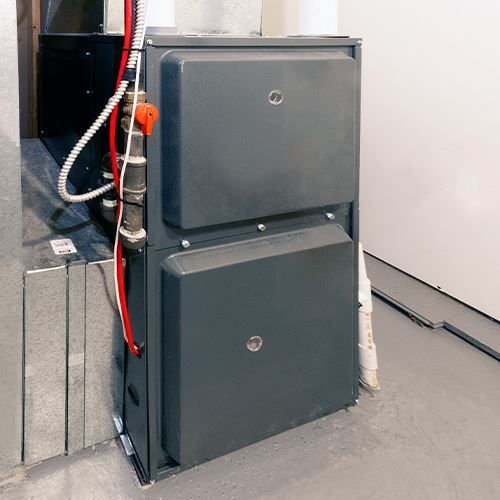Located in Everett, WA and serving both North King & Snohomish Counties.
Contact Our Experts Today!
Protecting Against Smoke Odors from Washington State Wildfires
Some Easy Ways to get Prepared
Washington State wildfires are no joke. Even if you don’t live near an immediate danger zone, you can feel the effects of the smoke and smog as it comes downwind during windy conditions.
Don’t wait until the season hits to do something about it. Here are some ways you can prepare your home for the possibility of another suffocating fire season.
It All Starts with Filtration.
Too little filtration won’t make a difference, but too much filtration can be damaging. Finding the best-fit filter for your needs is your first step to managing your air quality.
Here’s what you need to watch out for in your air filters:
Gaps around the filter.
Dirty air will find the easiest path to get by your furnace filter. Any air that makes it through those gaps goes by unfiltered, leading to hair, lint, and dust building up on your fan blades and A/C coils.
Higher ratings don’t always mean a better filter.
The MERV rating is a measure of how fine the fabric of the air filter is. However, a high MERV rating doesn’t mean the filter is a good fit for your system. In our testing, high MERV ratings don’t directly translate into better performance.
High Pressure.
Some air filters will block all of the dust, but they also block much of the air going through your furnace too! Some filters on our list performed well but put strain on your furnace, wearing it down and creating noise in your home.
Needle-point Bi-polar Ionization. Say What?
Choosing the right air filter for your system is the first step, but how do you get the most out of your filter? We did our own filter testing (you can read all about it here!), and we’ve found that iWave-R technology will optimize your filter performance.
When we consider your home’s indoor air quality, your furnace, and the cost on your wallet, we believe the Aprilaire 4” MERV 11 Filter with iWave-R will give you the best value for your money. The inclusion of the iWave-R increases the effectiveness of the filter by about 20% on average, with the added benefit of killing pathogens and reducing VOCs!
Fewer Particles Equal Better Protection
Don’t just mask the odor. By removing debris from your air ducts, you give smoke residue less opportunity to attach to existing particles, which reduces lingering smoke smells. While cleaning your air filters is a great start, there is still some buildup that can exist on your ductwork.
By getting your ductwork professionally cleaned, you can greatly reduce the time smoke odor sticks around! Check out what our thorough duct cleaning process looks like.
Air Conditioning. It Doesn’t Get Much Better.
Now that you have systems in place to control smoke, why not make your home the ultimate smoke season refuge with air conditioning? You get both the peace of mind that your indoor air quality is the best it can be, and also the comfort of having a cool place to relax during the hottest part of the year.
Don’t Wait Until It’s Too Late – Start Preparing Today!
No one wants smoke odors lingering in their home, but smoke removal can be costly. Investing in the appropriate HVAC systems and maintenance might seem costly up front, but these preventative measures can save you time and money if your home is at risk to smoke damage from active fires.
You don’t have to wait until fire season to get the work down, these tips will improve your air quality year-round. Get ahead of the fire season and give us a call or schedule a visit today!
In The News








